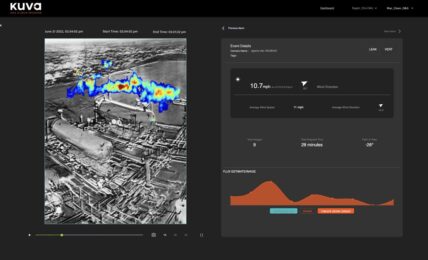ESG ratings, data, and research provider Morningstar Sustainalytics announced the launch of a series of new tools as part of its EU Sustainable Finance Action Plan Solutions Suite, aimed at helping investors and companies address emerging EU regulatory reporting requirements.
The new and updated solutions include a Corporate Sustainability Reporting Directive (CSRD) Aligned Data offering, an ESMA Fund Naming Rules Solution, and the next iteration of its EU Taxonomy solution.
The CSRD significantly expands the number of companies required to provide sustainability disclosures to over 50,000 from around 12,000 under prior regulations. Based on new underlying European Sustainability Reporting Standards (ESRS), the CSRD introduces more detailed reporting requirements on company impacts on the environment, human rights and social standards and sustainability-related risk. The CSRD took effect from the beginning of 2024 for large companies, with the first reports to be issued in 2025, followed by smaller companies in subsequent years.
Sustainalytics’ new CSRD Aligned Data solution offers quantitative and qualitative insights aligned with over 450 criteria from the ESRS, covering up to 25,000 companies, enabling investors to perform portfolio analysis, assess the impact and financial materiality of ESG factors, comply with evolving regulatory standards and simplify CSRD reporting requirements, according to the company.
Catalina Secreteanu, Managing Director, ESG Solutions, Morningstar Sustainalytics, said:
“The EU has made significant progress bringing company disclosures around ESG-related factors in line with traditional reporting requirements. Yet the increased level of transparency, disclosure and accountability and third-party assurance to enforce it, while good for investors, creates a range of new challenges for companies reporting ESG information and for the investors tracking them. For example, the pressure is currently rising as CSRD reporting requirements become reality for a myriad of major European companies on January 1. Our new CSRD aligned data program, part of our broader EU Sustainable Finance Action Plan Suite, helps our clients address these changes with confidence.”
EU markets regulator the European Securities and Markets Authority (ESMA) released its finalized guidelines on ESG Funds’ Names earlier this year, aimed at protecting investors from greenwashing risk, and detailing minimum standards and thresholds for funds using ESG and sustainability-related terms in their names. The new solution from Sustainalytics provides data and screening tools to support alignment and customize exclusions for compliance with the new rules.
Arthur Carabia, ESG Policy Research Director, Morningstar Sustainalytics, said:
“The ESMA guidelines on ESG funds’ names is a significant regulatory step up for investors moving away from transparency to portfolio composition requirements. Our research shows that more than 1,600 funds are exposed to at least one stock potentially in breach of activity-based exclusion rules. This represents a significant number of funds that may need to consider either divesting from the stocks or rebranding. Our new ESMA resource provides investors with a conservative approach to methodology while enabling them to customize exclusions to ensure regulatory alignment.”
The EU Taxonomy is a classification system enabling the categorization of economic activities that play key roles in to at least one of six defined environmental objectives, such as climate change mitigation and adaptation, and transition to a circular economy, among others, and no significant harm done to the other objectives. Sustainalytics’ EU Taxonomy Solution provides granular data covering all six objectives and revenue, capex, and opex KPIs, to enable investors to streamline regulatory reporting and enhance portfolio monitoring and develop green investment products investment analysis.
Hortense Bioy, Head of Sustainable Investing Research, Morningstar Sustainalytics, said:
“Leveraging our data powered by our enhanced EU Taxonomy solution, as outlined in our new EU Taxonomy research we found that at least 1,300 non-financial companies are now reporting on their Taxonomy-related activities. Encouragingly, the aligned capital investments reported by companies are rising, reaching a total of over USD $500 billion over the past years. But this year’s average alignment levels are quasi-unchanged compared to last year. On average, capex alignment remains at just about 19%. Aligned investment opportunities are expected to grow further when reporting on alignment for the four new environmental objectives of the Taxonomy becomes mandatory, namely circular economy, pollution prevention, biodiversity protection, and water and marine resources.”



